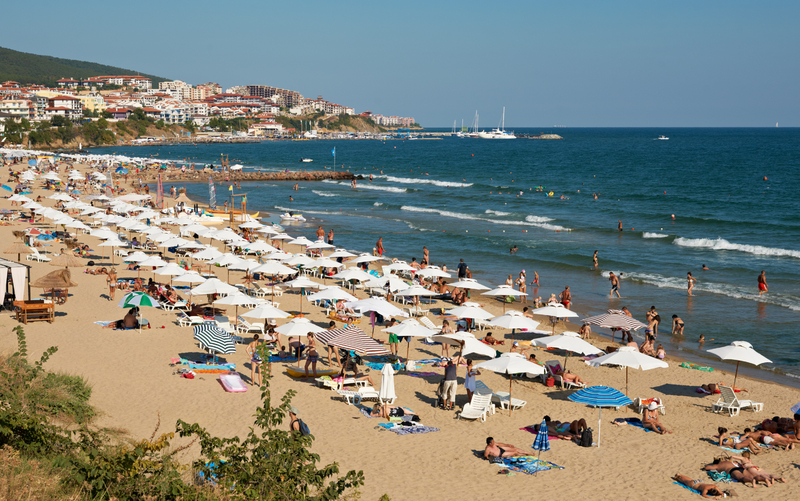The largest city in the eastern European nation of Bulgaria, Sofia is located in western Bulgaria. Sofia’s population of 1.2 million people makes it the largest within Bulgaria and the 12th largest in the European Union. Many Bulgarian corporations, universities, and shopping centers are located within the Sofia area, which allows travelers to experience a wide variety of culture and events within the city itself.
Sofia, Bulgaria has a long and varied history, with the earliest settlement dating to the 4th century BC. Sofia was flourished under the governance of the Roman Empire, and notably became one of the first holdings of the Romans to allow Christianity as the official religion. As a result, numerous ancient church ruins still remain in Sofia to the present day, including The Church of St. George, which dates to the 4th century AD. Sofia is also well-known for the Boyana Church, a Bulgarian Orthodox church which was constructed in the 11th and 12th centuries AD.
Sofia’s recent history has been one of revitalization and rebuilding. After being bombed by Allied forces in WWII, the People’s Republic of Bulgaria was established in 1946. As a result of Bulgaria’s independence, the population of Sofia boomed with rural countrymen moving to the city for a chance to find gainful employment. This created a cultural melting pot as settlers from all over Bulgaria made their homes in the capital city which is still evident in the present day.
Sofia is home to several museums that will allow any traveler to experience Bulgaria’s diverse past. From archaeological remains to natural history exhibits, and many private art galleries, there is a museum to fit any interest within Sofia. Sofia is home to several large universities, which provides the town with numerous research institutions and rotating exhibits.
Architectural tours of Sofia are available, and the focus of these tours can range from the older ruins of Sofia to the modern 20th century skyscrapers for Bulgarian business headquarters. For animal lovers traveling through Sofia, a visit to the Sofia Zoological Garden is a must-see attraction; the aviary collection is particularly noteworthy at the zoo. Sofia also features several theaters for performing arts, with productions of plays, operas, musicals, and dance taking place regularly.
Luxurious fashion boutiques and local designers line the streets of Sofia, providing tourists with the unique opportunity to take part in local fashion design shops as well as the very latest couture runway fashions from internationally renowned designers. Bulgarian cuisine is easily found throughout Sofia, and dining options range from local taverns and eateries to five-star fine dining restaurants. International chefs are becoming increasingly visible throughout Sofia and bring with their skill set the cuisine of their homeland from across Europe.
An easy day trip into Mount Vitosha allows tourists to experience the natural beauty of the Bulgarian countryside at one of the many mountain resorts and spas. Recreational activities such as skiing are available in winter and early spring months along the Mount Vitosha area.






